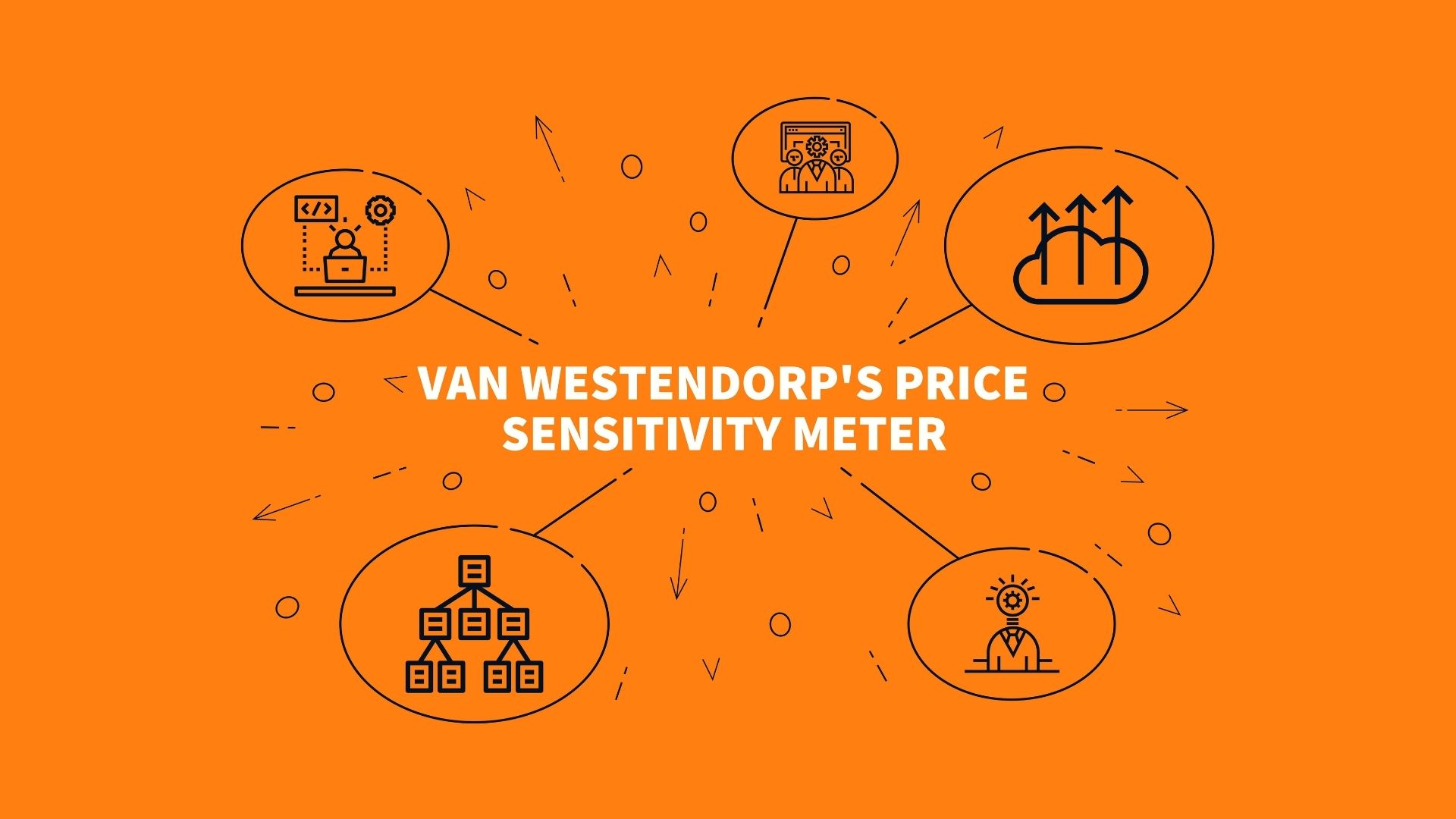Summary
In modern market research, executives crave clarity, not a wall of numbers that say everything is “important.” That’s where MaxDiff analysis steps in. Also known as best-worst scaling, MaxDiff forces respondents to choose what matters most and least from a set of options, a distinct advantage among various types of market research approaches.
This technique delivers sharper, more reliable data than traditional rating scales, making it invaluable for feature prioritization, brand positioning, and message testing. In this guide, we’ll unpack what MaxDiff analysis is, how it works, when to use it, and how top research consultancies like MainBrain Research use it to help global brands make smarter, data-backed decisions.
By the end, you’ll know exactly how to design, execute, and interpret a MaxDiff study and how to turn its results into business impact.
What Is MaxDiff Analysis?
MaxDiff analysis (short for Maximum Difference Scaling) is a quantitative research technique used to measure the relative importance or preference strength of multiple items.
Respondents are repeatedly shown small sets of items (e.g., features, claims, or benefits) in structured market research surveys and asked to pick which one they value most and which one least. The repeated trade-offs generate statistically strong utility scores, revealing a clear priority ranking.
Compared to rating scales (where everything becomes a “4” or “5”), MaxDiff extracts true differentiation, showing which attributes drive choice and which barely register.
| Method | Key Feature | Main Outcome | Typical Use |
| Traditional Rating | Rate each item individually | Inflated scores, little differentiation | Basic satisfaction or awareness |
| Ranking | Orders full list | High cognitive load, inconsistent | Simple prioritization |
| MaxDiff | Chooses “Most” and “Least” | Clear relative importance and score gap | Feature, brand, or claim prioritization |
Why Marketers and Researchers Rely on MaxDiff
For decision-makers drowning in data, MaxDiff cuts through the noise and delivers what executives actually need—a ranked, data-driven view of what drives customers’ choices. This clarity highlights the real benefits of market research: actionable insights that translate directly into business decisions.
Here’s why it’s preferred:
| Business Question | How MaxDiff Helps | Example |
| “Which features should we prioritize in development?” | Ranks product features by real importance | A tech firm discovers battery life outranks design by 40% |
| “Which brand attributes truly matter to customers?” | Quantifies emotional drivers | A retail brand sees “trust” outperform “innovation” 3:1 |
| “Which messages will resonate most?” | Reveals strongest claims | A beverage company finds “low sugar” drives 2× preference |
Unlike conjoint analysis—which models trade-offs among combinations such as price and feature—MaxDiff isolates the importance of individual attributes. Both are powerful market research methods used to decode consumer decision-making, but they answer different business questions.
MaxDiff vs. Conjoint Analysis
Both methods belong to the primary market research family of choice modeling techniques, but they serve different goals.
| Dimension | MaxDiff Analysis | Conjoint Analysis |
| Primary Focus | Rank the importance of attributes | Estimate the utility of attribute combinations |
| Question Format | Choose “Most” and “Least” | Choose preferred product profile |
| Ideal For | Message testing, feature prioritization, brand attribute ranking | Pricing, bundling, product design |
| Output | Ranked list of importance scores | Market share or choice simulator |
| Survey Length | Shorter (5–10 min) | Longer (15–25 min) |
| Best Practice | Use MaxDiff first to screen attributes before conjoint | Use conjoint when price or trade-offs matter |
Main takeaway: Use MaxDiff early to identify key attributes, then feed those into conjoint to simulate pricing or feature bundles.
How to Design a MaxDiff Study: Step-by-Step Process
A solid MaxDiff study starts with a tight list of attributes, a balanced experiment, and a field plan that matches the decision you want to make. Below is a complete walk-through with concrete guardrails, realistic parameter ranges, and decision tables you can copy into your brief.
Step 1: Define the decision and craft the attribute list
Begin by stating the single decision this study must inform: feature cut list, claim hierarchy, packaging claims, or a roadmap priority call. Write it in one sentence. From that decision, compile an attribute universe from customer interviews, prior surveys, support tickets, reviews, and stakeholder inputs.
Remove duplicates and merge near-synonyms so each item expresses one clear idea. Keep wording short, concrete, and testable. If an attribute hides two ideas (for example, “fast and secure”), split it or drop it.
Most studies run best with 12–25 items; the sweet spot is often 15–20. Run a five-minute readability pass so a new respondent can grasp each item in under two seconds.
Step 2: Choose design parameters and build balanced blocks
A MaxDiff task shows a small set of items on a screen and asks for the most and least important choices, similar to other types of market research surveys used to measure preference trade-offs. You control three levers: items per set, number of tasks per person, and how often each item appears.
Use a balanced incomplete block design so each item appears a similar number of times and with varied neighbors. Rotate orders to neutralize position effects. If you expect strong heterogeneity across segments, add a few extra tasks per person to stabilize estimates.
| Decision lever | Typical options | Practical rule of thumb |
| Items in each set | 3–5 | Use 4 when item texts are short; use 3 for dense or technical wording |
| Tasks per respondent | 8–15 | Start at 10; add 2–3 if you plan many segment cuts |
| Exposure per item | 3–5 times | Target 4 exposures for stable utilities without fatigue |
| Total attributes | 12–25 | Trim to 15–20 for cleaner data and faster surveys |
Step 3: Program the survey and harden quality
Program one instruction screen with a tiny example, then move into tasks with full randomization of set order and within-set item order. Add a tiny timer to flag speeders and include at least one within-form attention check that does not look like a trick (for example, a direct content check related to the product).
Collect essential demographics early or late, not in the middle of tasks. Keep the device experience clean: one screen per task, tap targets with ample spacing, and minimal scroll. If you expect mobile traffic, cap the number of words per item so the entire set fits above the fold on a standard phone.
| Quality control | What to set | Why it matters |
| Minimum time per task | 2–3 seconds | Filters random clickers without punishing fast readers |
| Straight-line filter | Remove all-same choices across tasks | Catches bots and inattentive respondents |
| Duplicate IP / device checks | One response per device | Reduces panel fraud |
| Language gate | Short comprehension check | Protects against misread attributes |
Step 4: Plan the sample and quotas
Match sample size to the precision you need and the number of segments you’ll analyze. Well-structured market research questions help define quotas and sampling logic that support stable insights. For a single market read with no deep segmentation, 200–300 completes usually gives stable item ranks. If you will compare two to three personas or markets, plan 300–500 per group.
Use soft quotas to hit age, gender, buyer status, or category usage so the result can guide real allocation choices.
| Use case | Minimum n (per group) | Safer n (per group) | Notes |
| One market, no segments | 200 | 300 | Good for a clean rank order and clear gaps |
| Two to three segments | 300 | 400–500 | Allows stable HB estimates per segment |
| Many segments (4+) | 400 | 600+ | Consider fewer items or split studies |
Step 5: Choose the estimation model and scaling
Two common paths exist. A simple multinomial logit at the aggregate level produces a solid overall rank and relative scores when the audience is fairly uniform. Hierarchical Bayes (HB) estimates utilities for each person, then pools up, which supports segment cuts and more nuanced dashboards.
After estimation, rescale utilities to a 0–100 range or convert to shares of preference so non-technical stakeholders can read the output. Always keep raw utilities on file for analysts.
| Estimation path | Best for | Output you hand to stakeholders | Trade-offs |
| Aggregate logit | One broad audience, quick turn | Single rank list with 0–100 rescale | Limited view of heterogeneity |
| Hierarchical Bayes | Multiple segments, deeper analysis | Overall scores, segment cuts, confidence bands | Longer run time, more setup care |
Step 6: Validate, segment, and stress-test
Before you finalize, check three things. First, face validity: do the top items make sense in light of prior qual and market behavior; if not, inspect wording or design. Second, robustness: run a split-half test or a bootstrapped confidence interval so you can show that item order would not flip under small sample noise.
Third, segment logic: cut results by buyer status, frequency of use, price sensitivity proxy, or device ecosystem to see where priorities shift. If a segment is too small to support a stable read, note the limitation rather than over-interpreting noise.
Step 7: Translate scores into action and artifacts
Utilities are not the finish line; they guide choices. Set a threshold to separate must-have items from nice-to-haves. Map the top tier into a roadmap, message hierarchy, or packaging layout. Express the gap size between rank positions so teams grasp tradeoffs.
Produce one page per audience with a bar chart, a top-five callout, and two sentences on what to do next. For claim tests, rewrite ads with the #1 claim as the hero line and the #2 claim as the support line. For feature roadmaps, tie each top feature to effort and cost so the team can pursue high-impact, low-effort wins first.
Step 8: Extend with TURF, conjoint, or neuro add-ons
If the goal is coverage, run a TURF pass or add complementary focus group market research sessions for deeper qualitative validation. If the goal is market share or price response, feed the top items into a conjoint or discrete choice study with price levels and run a simulation.
If you want an extra layer on non-conscious response, add eye-tracking for visual salience or EEG for early attention markers on your top claims or packs. Each extension should link back to the single decision you wrote at the start.
Real-World Case Studies
Case Study 1: FMCG Product Innovation
Context: A multinational snacks brand wanted to refine its upcoming “healthy indulgence” product line. Traditional surveys gave flat results, everything seemed equally “important,” underscoring the importance of market research design in capturing real differentiation.
Approach: MainBrain Research implemented a MaxDiff study across 600 respondents in two countries. Fourteen attributes (like “Low sugar,” “High protein,” “Sustainably sourced,” and “Unique flavor blends”) were tested in balanced 4-item tasks. Hierarchical Bayes modeling captured segment-level differences between health-conscious and taste-driven audiences.
Outcome:
| Attribute | Utility Score | Rank |
| Low sugar | 100 | 1 |
| High protein | 87 | 2 |
| Unique flavor blends | 80 | 3 |
| Sustainably sourced | 77 | 4 |
| Family-size packaging | 20 | 10 |
Key insight: Taste and health messaging coexisted; sustainability came fourth but was a decisive tiebreaker for repeat buyers. The client restructured its go-to-market copy around “Protein-first, sustainably crafted,” driving 28% higher trial sales and a 22% uplift in brand recall.
Case Study 2: Technology & Electronics Messaging
Context: A global electronics manufacturer wanted to identify its most compelling ad claims for a new smartphone launch. Internal teams couldn’t agree whether to lead with performance, design, or ecosystem integration.
Approach: A MaxDiff study with 500 respondents across three markets tested seven claims: “Longest battery life,” “Fastest processor,” “Best camera,” “Seamless ecosystem,” “High security,” “Durability,” and “Lightweight design.”
Outcome:
| Claim | Utility Score | Share of Preference |
| Longest battery life | 100 | 28% |
| Best camera | 91 | 23% |
| High security | 85 | 19% |
| Seamless ecosystem | 70 | 15% |
| Lightweight design | 58 | 9% |
Results revealed that performance claims dominated, but “High security” unexpectedly ranked third among Gen Z professionals, influencing creative messaging and audience targeting. After campaign deployment, ad recall improved 13%, and purchase intent rose 9%.
Case Study 3: Retail Brand Positioning
Context: A major European retailer was repositioning its loyalty program and needed to determine which benefits resonated most: points, cashback, exclusive deals, or fast delivery.
Approach: MainBrain executed a MaxDiff survey of 700 shoppers and paired it with behavioral data.
Outcome: “Exclusive deals” and “cashback” ranked highest, while “points” lagged far behind, proving that customers valued immediate gratification over long-term accumulation. This insight led to a redesign of the program, delivering 41% higher enrollment and 2.3× repeat purchase frequency within the first six months.
Turning MaxDiff Insights Into Strategy
| Business Area | Application | Strategic Outcome |
| Product Development | Focus R&D on the top 3 features | Reduced development costs by 20% |
| Marketing Messaging | Prioritize high-utility claims | Higher ad recall and conversion |
| Brand Positioning | Identify most resonant values | Clearer communication hierarchy |
| Pricing Strategy | Combine with conjoint | Understand feature-driven price sensitivity |
In practice, MaxDiff becomes a decision accelerator ensuring investment aligns with what customers truly value.
Integrating MaxDiff With Neuroscience & AI
At MainBrain Research, we combine MaxDiff analysis with AI-based clustering and neuroscientific tools (like EEG or eye-tracking) to decode both conscious and nonconscious preferences.
For instance, a retail study used MaxDiff to rank brand values and eye-tracking to validate visual salience on packaging. The result revealed that while “eco-friendly” ranked third consciously, it triggered the strongest subconscious attention, leading to packaging redesigns that improved purchase intent by 22%.
Want to uncover the emotional layer behind your MaxDiff data? Connect with our Behavioral Insights Team to integrate neuroscience with your next market study.
Key Takeaways
| Insight | Why It Matters |
| MaxDiff forces trade-offs, revealing real priorities | Eliminates inflated ratings |
| Best used for attribute, message, or benefit ranking | Quick setup, strong insights |
| Combine with conjoint for pricing or configuration work | Builds predictive power |
| MainBrain’s AI & neuroscience fusion strengthens interpretation | Adds emotional & behavioral depth |
| Insights directly guide product, pricing, and marketing strategy | Faster decision-making and ROI |
Final Thoughts
MaxDiff analysis gives marketers a rare gift: clarity. In a business world overloaded with data, it distills complex consumer preferences into a sharp, ranked list that executives can act on immediately.
When executed with rigor, and powered by the kind of AI and behavioral modeling MainBrain Research specializes in, it evolves from a survey tool into a strategic compass. It helps brands focus on what truly matters, cut noise from decisions, and translate consumer psychology into measurable growth.
If you’re ready to turn raw data into confident decisions, contact MainBrain Research today and discover how evidence-backed insights can guide your next big move.



















